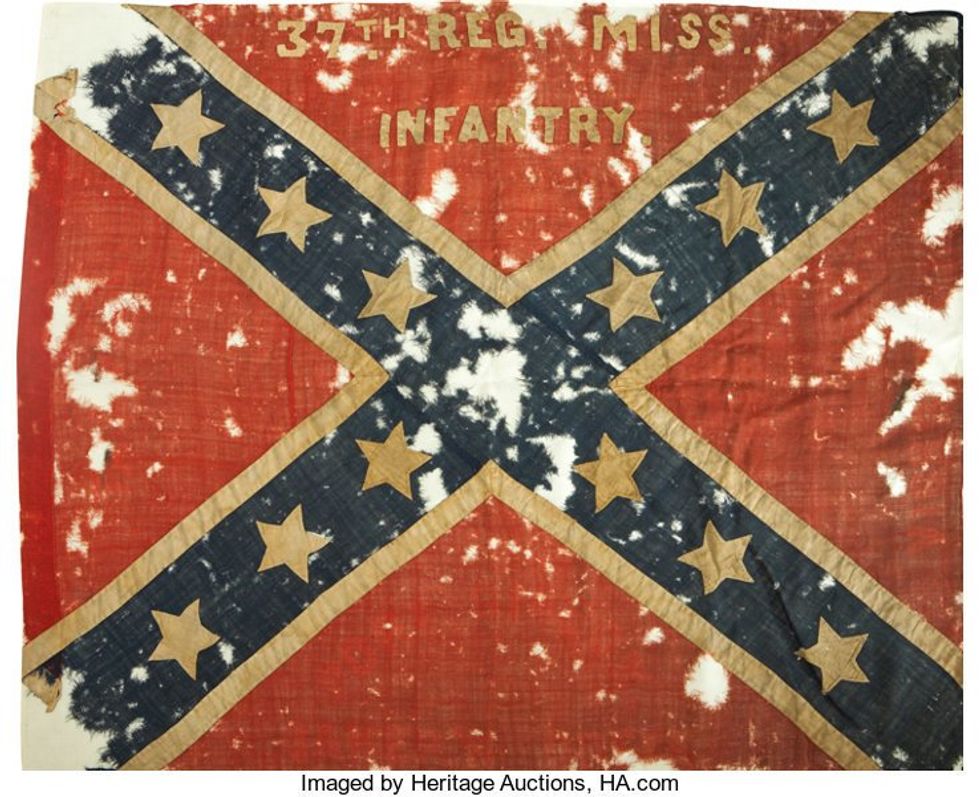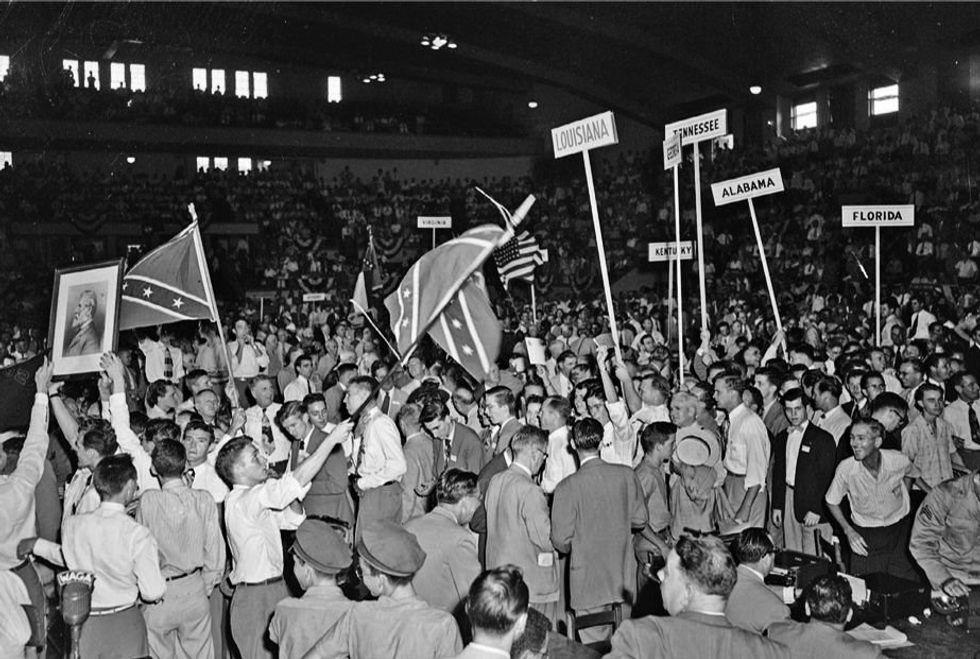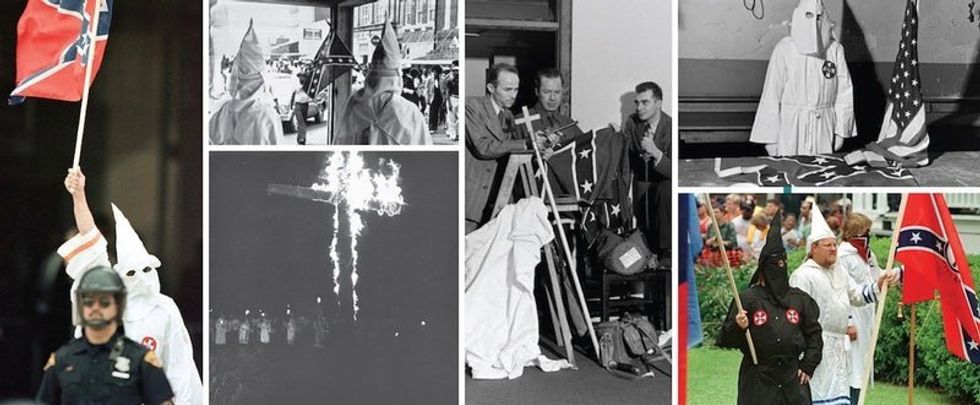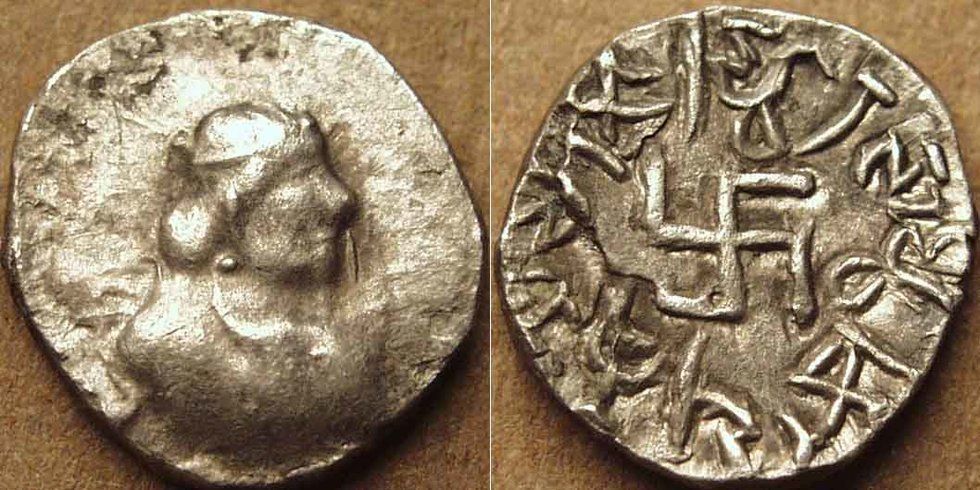If you live in the South, you have probably seen, or flown, your fair share of Confederate flags.
They're a symbol now widely recognized and used to brand clothing items, bumper stickers, or pretty much anything that you'd use to advertise your personal values or interests.
While some see the flag as a symbol of southern pride, others see it as a symbol of racism.
So, is it racist or southern pride?
Let's figure that out.
The flag we all know, and some love, originated not as an official flag of the Confederacy, nor as the battle flag for the entirety of the Confederacy during the Civil War. Actually, the commanders of the Confederate army in Virginia created the iconic flag as a battle flag for their particular army, the Army of the Potomac, that we still see today.
"The flag as we know it was born not as a symbol, but as a very practical banner."
The actual flag of the Confederacy looks quite different, but it resembled the American flag too much, so it lost popularity within the nation.
In 1865, when the Civil War ended, the flag did not. While the flag remains still a symbol of respect for the Confederate soldiers who lost their lives, it is also a symbol of a lot more.
In the years before World War II, the flag started to be used in more than one way. It was not just a symbol of memorializing Confederate soldiers, it became a symbol of regional identity.
Following World War II and the Civil Rights Era, the flag became a widely used popular culture symbol. It became a "trivialized symbol" of rebellion, rednecks, "good ol' boys" and southern rock music. During the Civil Rights Era of the United States, the flag served a new purpose. "The Confederate flag became a symbol of protest against civil rights and in support of Jim Crow segregation." Starting at what is now Washington and Lee University in Virginia, college students brought the flag into the political scene in 1948.
"Student delegates from Southern colleges and universities waved [Confederate] battle flags on the floor of the Southern States Rights Party convention in July 1948."
The flag was brought back into the public eye as a political symbol, not just a sign of memorial for ancestors who fought in the war.
"Supporters of the States Right Party (aka the Dixiecrats) in 1948 embraced the flag as a symbol of support for segregation. Although the Dixiecrats emphasized Constitutional principal, 'states rights' in the 1940s and 1950s translated, as it had in the 1860s, into the purposeful denial of fundamental human and civil rights for African Americans."
Following the 1954 Supreme Court decision in the Brown v. Board of Education case, segregation's defenders further popularized the use of the Confederate battle flag as a symbol for their anti-movement.
In an increasingly racist fashion, flag wielders expanded from college students and pro-segregation protesters into the Ku Klux Klan.
The Klan did not wave the flag during its initial years, nor in its first "rebirth" in the early years of the 1900's due to the "first ever Hollywood blockbuster," The Birth of a Nation, celebrating the Klan's way of life. Some consider this "rebirth" as the height of the Klan, because it was during a time of "anti-immigrant, anti-Catholic, anti-Jewish, and anti-Black" time. But, the flag did come into the hands of the KKK in the late 1930's and 1940's.
The original intent of the KKK was as a "fraternal social organization."
Early members played tricks on freed slaves. Tricks like pretending to be Confederate soldiers raised from the dead. The group's tricks quickly escalated into violence and murder of freed slaves.
By 1870, US congress passed several acts to suppress the KKK's violence, intimidation, and interference, with the purpose of protecting black Southerners who were registering to vote, voting, serving on juries, and holding political office.
In the 1950's and 1960's, the Confederate battle flag was beginning to be placed in overtly political places, like statehouses and city halls. The flag also began to appear in places like Klan meetings and rallies. Rallies were happening almost every night, with attendances of 500 to 5,000 people all across the South.
At these rallies, "very front and center is the waving of Confederate flags. It would be difficult to find any public presence of the Klan during that period that didn't feature multiple Confederate flags."
The flag turned into a symbol used by white supremacist groups and individuals.
The Charleston shooter who targeted black churchgoers used the Confederate flag as a symbol of the KKK in his racially charged shooting. This shooter "committed exactly the kind of senseless, racist violence the group has always celebrated. The Confederate flag just happens to be one of their symbols."
Today, we see Confederate battle flags all over the place, especially in the South. There are ever-so common bumper stickers that say "Heritage, not Hate" in defense of the flag, which procured response bumper stickers that say "Your Heritage is Hate."
"There's no reason why the Confederate flag cannot stand for both heritage and hate, or stand for a myriad of things other than heritage or hate."
But, the use of the flag still initiated as a symbol of the defense and perpetuation of slavery, as this was the reason the Confederacy was born in the first place.
Another defense of the flag in recent years has been from a religious standpoint. Posts have gone around social media about the meaning behind the flag.
"The red represents the blood of Christ. The white border represents the protection of God. The blue 'X' represents the Christian cross of Saint Andrew, the first disciple of Christ Jesus and patron Saint of Scotland. The 13 stars represent the 13 Southern states of secession. Thus, the message of the Confederate battle flag is 'Through the blood of Christ, with protection of God, We, the 13 states, are united in our Christian fight for liberty."
However, the designer of the flag, William Porcher Miles, was asked specifically not to make the flag have any religious symbolism. The flag was inspired by a flag that did have religious symbols, being Saint George's upright cross, in blue. Miles turned the cross diagonally so that it wouldn't be a religious symbol.
The colors of the flag were chosen originally from the Confederate national flag, i.e. red, white, and blue, because they were "great republican colors." When Miles put the colors in his flag, he said they stood for "valor, purity, and truth."
He described these meanings in a letter to General P. G. T. Beauregard in 1861.
Finally, let's take a look at a comparable symbol: the swastika.
In 3000 BCE, in Asia, the swastika appeared. It had religious meanings across various religions, including Jainism, Hinduism, and Buddhism, and was one of the most common symbols on Mesopotamian coins.
An interpretation found in several religions in Asia is the idea that the swastika represents eternity or rebirth.
In the Germanic Iron Age, the swastika was a symbol for Thor, possibly representing his thunder.
Throughout other European countries in the early 1900's, it represented the sun, happiness, and is a common symbol in Greco-Roman art and architecture. It's also a symbol in Christianity, representing Christ's victory over death. It is seen as a "hooked" cross.
It has many religious significances across time and cultures, yet, the use of the swastika by Nazis and Neo-Nazis has effectively rendered it a symbol of hate. At the time of its selection for use among the Nazis, the swastika represented good luck. The Germans called it a "Hakenkreuz" or, hooked cross.
Adolf Hitler himself selected the symbol and designed the flag. Countries recognize the swastika as a symbol of Nazism, white supremacy, and hate.
Germany has made it illegal for the swastika to be shown in public.
Latvia prohibits the public display of Nazi and Soviet symbols (including the swastika).
Lithuania fines people between 150 to 300 euros for publicly displaying Nazi and Soviet symbols.
Poland punishes public displays of Nazi symbols as a criminal offense that can lead to up to eight years in prison.
Brazil incriminates those who use the swastika with "the intent to propagate Nazism" for two to five years and fines them.
This symbol is used as a symbol of hate and has been seen as such since World War II. It is a symbol of genocide, anti-Semitism, anti-Black, homophobia, and white supremacy. Other countries have made legislation so it is seen as such. In the Western world, we do not look at the swastika and think "sun, eternal, happiness."
We look at the swastika and see hatred.
The Confederate flag (the battle flag) is a symbol of the Ku Klux Klan, segregation, slavery, and white supremacy. It was only created to use in battle for an army that was fighting for the enslavement of Black people. That is the only reason the symbol exists, for hatred, for racism.
If you ask me, the Confederate flag can no longer represent heritage, because there are too many other associations that are harmful and full of hate.
- No, SIU Students Did NOT Put On Blackface To Celebrate Trump's ... ›
- disrespecting the american flag ›
- Home Of The Free, But Not For Long ›
- Take Down The Confederate Statues, They Continue To Resemble ... ›
- To Bay City Western High School, Flying The Confederate Flag Is A ... ›
- ASU Students' View Of The Confederate Flag Are Deeply Divided ›
























